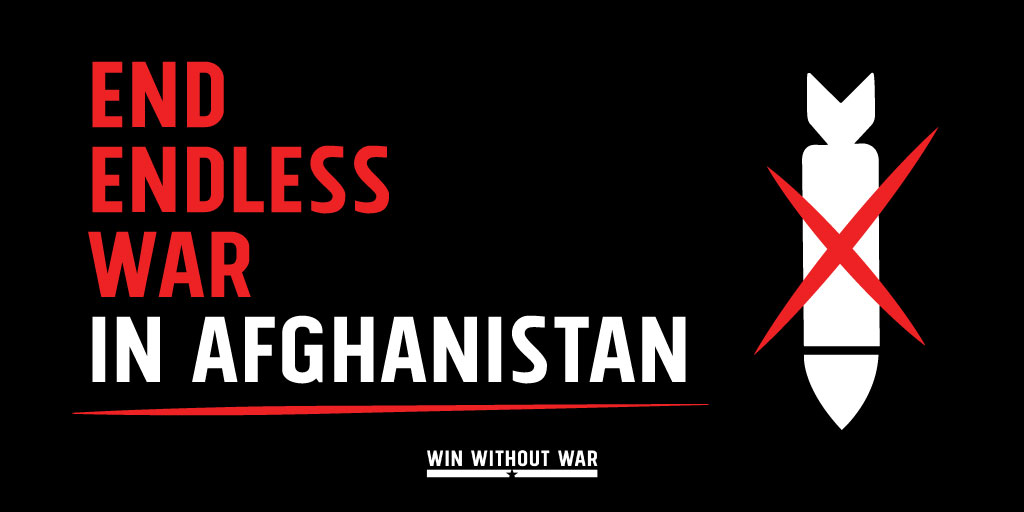U.S. Withdrawal from Afghanistan: Messaging Guidance

Last Updated on April 13, 2021.
President Biden is finally ending our nation’s longest-running war.
- We commend the Biden administration for this decision and recognize that this step forward would not have been possible without the long struggle of the pro-peace movement.
- Two decades of trying to bomb our way to peace has made clear: there is no military solution to the war in Afghanistan, regardless of time horizon or troop levels.
- President Biden’s decision to withdraw U.S. forces is a welcome step toward recognizing what the U.S. public has long known: that our military-first approach to international problems has failed. We can’t bomb our way to peace.
We must move beyond debating troop levels to fully ending endless war and the mindset that leads to it.
- After 20 years of endless war, a combat force withdrawal alone is not enough to fully bring peace. We must rethink the entire military-first mindset that brought us here in the first place and invest in alternative solutions for peace, justice, and accountability.
- We must see this plan to its conclusion, holding the administration to a total withdrawal of all U.S. and NATO forces from the country, and a meaningful commitment to diplomacy and peacebuilding.
- Withdrawing international forces occupying Afghanistan is only part of the solution. Combat troops must not be replaced with CIA-funding of abusive militias, private contractors, or drone warfare.
- Following four decades of conflict, with U.S. military involvement from the very beginning, the United States owes a debt to the people of Afghanistan. Ending the U.S. military role merely recognizes that continued militarism will not bring sustainable peace.
We can’t bomb our way to peace — but we can help build it.
- Building sustainable peace in Afghanistan requires long-term bilateral and multilateral efforts to end what is now a four-decades-long conflict through an inclusive, intra-Afghan peace process that addresses local drivers of conflict.
- This requires long-term and meaningful investments in accountability, peacebuilding, and development, along with a commitment to robust multilateral diplomacy.
- Pursuing post-conflict justice, centering the victims of decades of violence, ensuring refuge for those and resettlement for those displaced, and holding those responsible — including in the United States — accountable for the gross violations of international law and human rights are essential for building sustainable peace.
Additional Resources:
- Statement: President Biden Takes Great Step Toward Ending Endless War, Win Without War
- Issue Brief: Afghanistan, Win Without War
- No Peace without Justice in Afghanistan, Dr. Huma Saeed, Afghanistan Independent Human Rights Commission
- Ending the Afghanistan War Responsibly, Friends Committee on National Legislation
- “The Futility of Failure in Afghanistan,” Stephen Miles, Inkstick
To download this resource as a PDF, click here.
April 13, 2021
